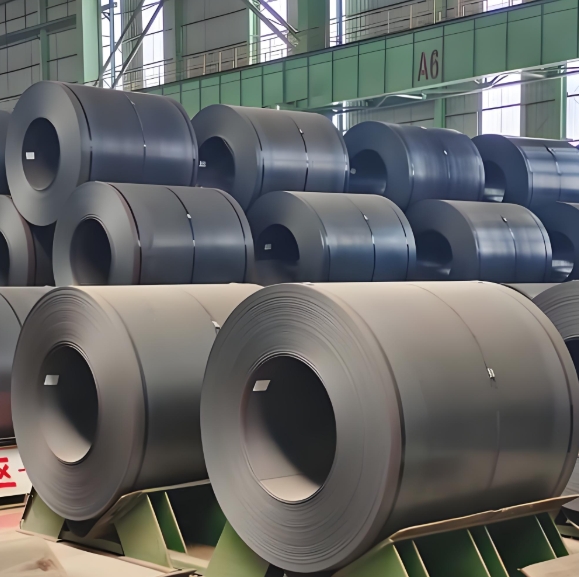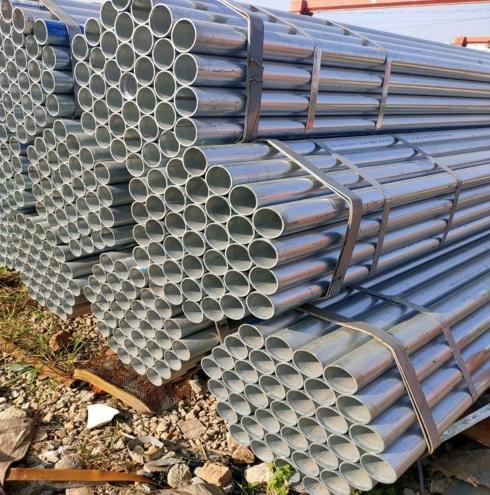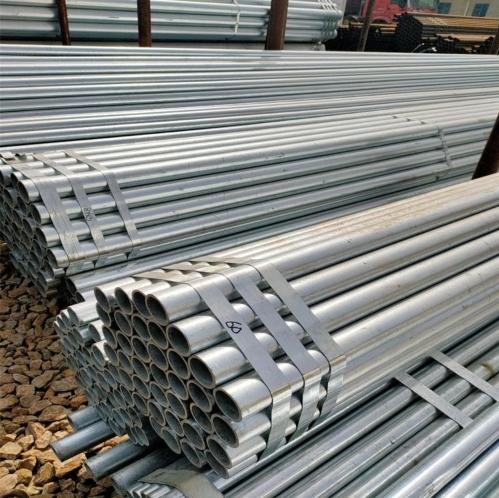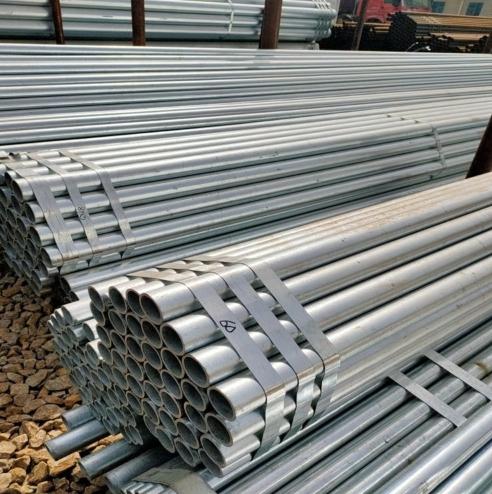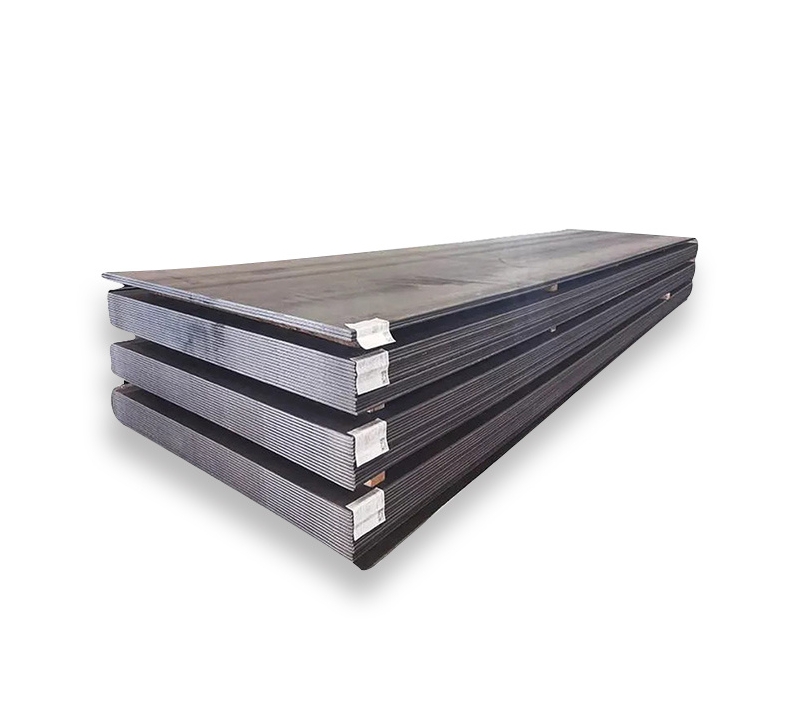Introduction: The Challenge of Modern Structural Demands
You know, building a skyscraper isn’t just about stacking floors—it’s about choosing materials that won’t buckle under pressure. Enter the A572/S355JR carbon steel coil, a hero in heavy-load applications. But how exactly does this grade outperform others when the stakes are high? Let’s dig in.
The Science Behind A572/S355JR’s Strength
High Yield Strength: The Backbone of Load Capacity
With a minimum yield strength of 345 MPa (per ASTM A572), A572/S355JR carbon steel coils handle 38% more stress than standard A36 steel. This isn’t just lab talk—it’s why cranes and transmission towers rely on it.
Microstructure Magic: Fine-Grain Advantage
The secret sauce? A controlled cooling process creates finer grains, boosting toughness. A 2023 Materials Today study found this microstructure reduces crack propagation by up to 20% in seismic zones.
Weldability Without Weak Spots
Here’s the kicker: unlike high-carbon steels, A572/S355JR coils maintain strength at welded joints. I once saw a team in Texas fix a collapsed warehouse frame using this grade—zero fractures after 3 years.
A572/S355JR vs. Traditional Steels: Load-Bearing Showdown
| Factor | A572/S355JR | A992 |
|---|---|---|
| Yield Strength | 345 MPa | 345 MPa |
| Ductility | 18% elongation | 21% elongation |
| Cost Efficiency | $700/ton | $780/ton |
| Fatigue Resistance | Superior (low-stress) | Moderate |
Source: American Institute of Steel Construction (2022)
5 Steps to Maximize Load Capacity with A572/S355JR
-
Calculate Dynamic vs. Static Loads
For moving loads (e.g., bridges), prioritize S355JR’s fatigue resistance. Static structures? Focus on yield strength. -
Optimize Coil Thickness
Thicker isn’t always better. Use FEM software to simulate stress points—save 10-15% material costs. -
Precision Welding Protocols
Stick to 1.2-2.0 kJ/mm heat input. Overheating? That’s a rookie mistake causing brittle zones. -
Post-Weld Heat Treatment (PWHT)
For critical joints, apply PWHT at 600°C (per EN 1011-2) to restore grain structure. -
Real-Time Load Testing
Deploy strain gauges during assembly. Spot deviations early—it saved a dam project I worked on in 2020.
⚠ Pitfalls You Can’t Afford to Ignore
-
Mismatched Coatings
Zinc coatings on A572/S355JR carbon steel coils reduce friction. But epoxy? Wrong choice for sliding joints—it flakes under pressure. -
Ignoring Temperature Swings
Below -20°C, impact toughness drops 30%. Always specify Charpy V-notch test results for cold climates.
Case Study: Wind Turbine Base in Denmark
In 2022, a wind farm in the North Sea faced tower oscillations. Switching to A572/S355JR carbon steel coils for base rings cut vibration-induced stress by 25% (per Siemens Energy’s report). The result? Longer lifespan and lower maintenance headaches.
Conclusion: Building Smarter, Not Heavier
From stadium roofs to offshore rigs, A572/S355JR carbon steel coils redefine what’s possible in load engineering. It’s not just about strength—it’s about smart strength.
Checklist for Load-Optimized A572/S355JR Applications
- [ ] Verify yield strength via mill certificates
- [ ] Simulate load distribution with CAD/FEM tools
- [ ] Calibrate welding equipment for heat control
- [ ] Conduct Charpy tests for low-temperature sites
- [ ] Document coating compatibility with joint types
By mastering A572/S355JR carbon steel coils, you’re not just supporting weight—you’re future-proofing against the unexpected. Now go build something that stands tall, literally and figuratively.


